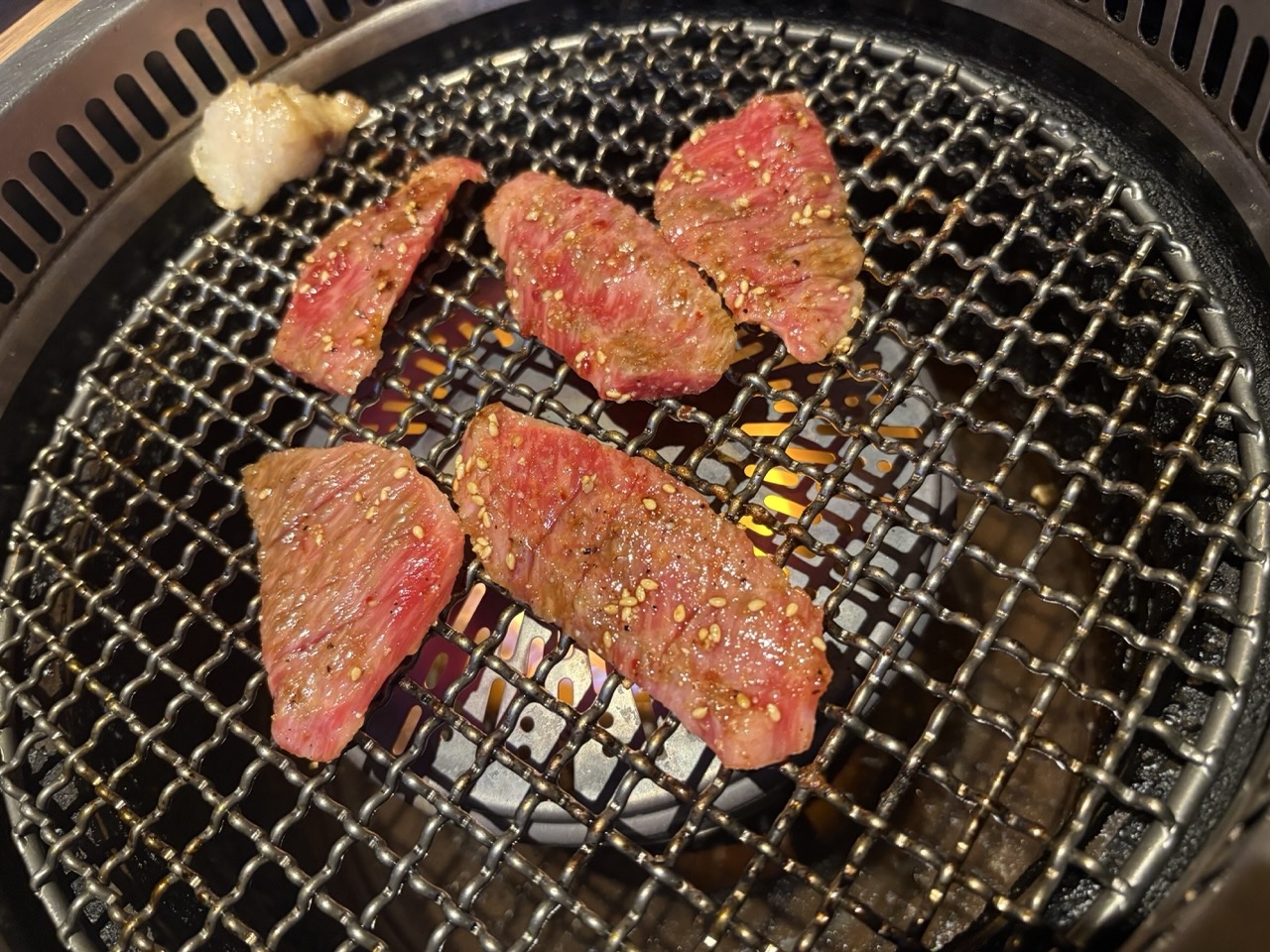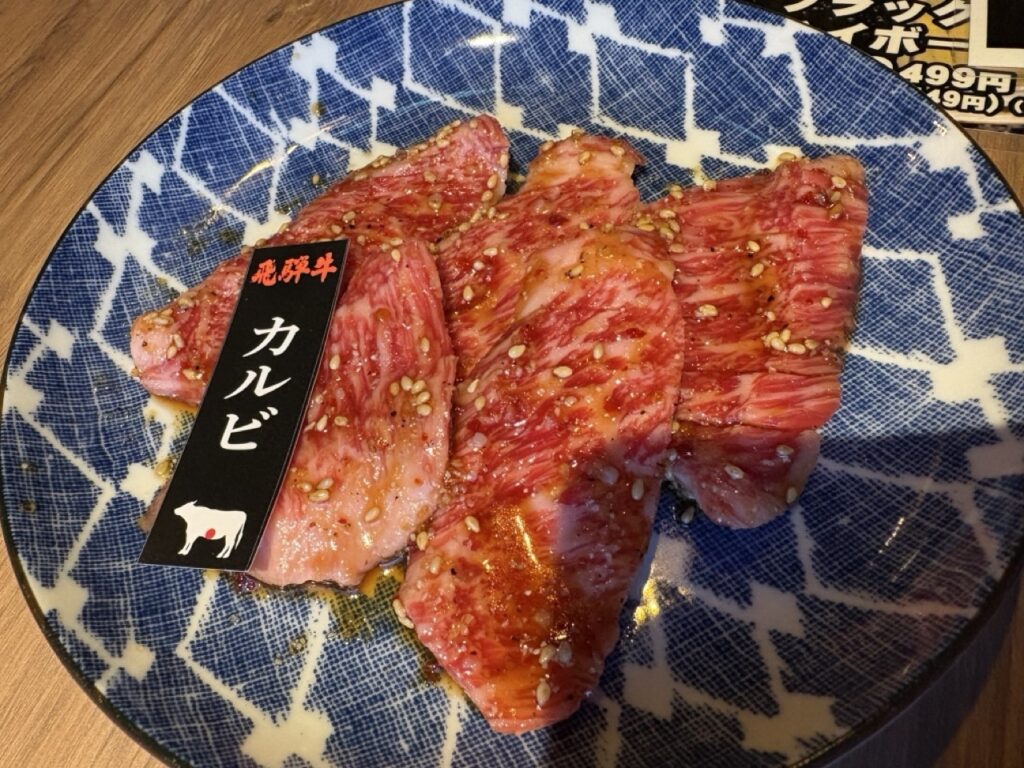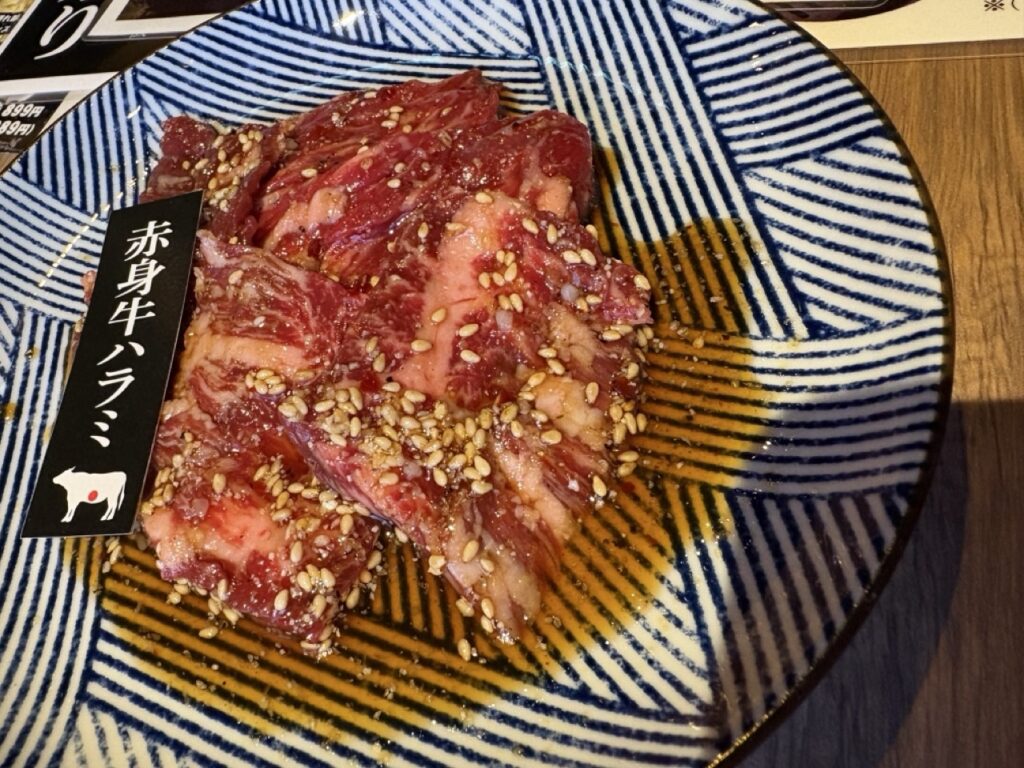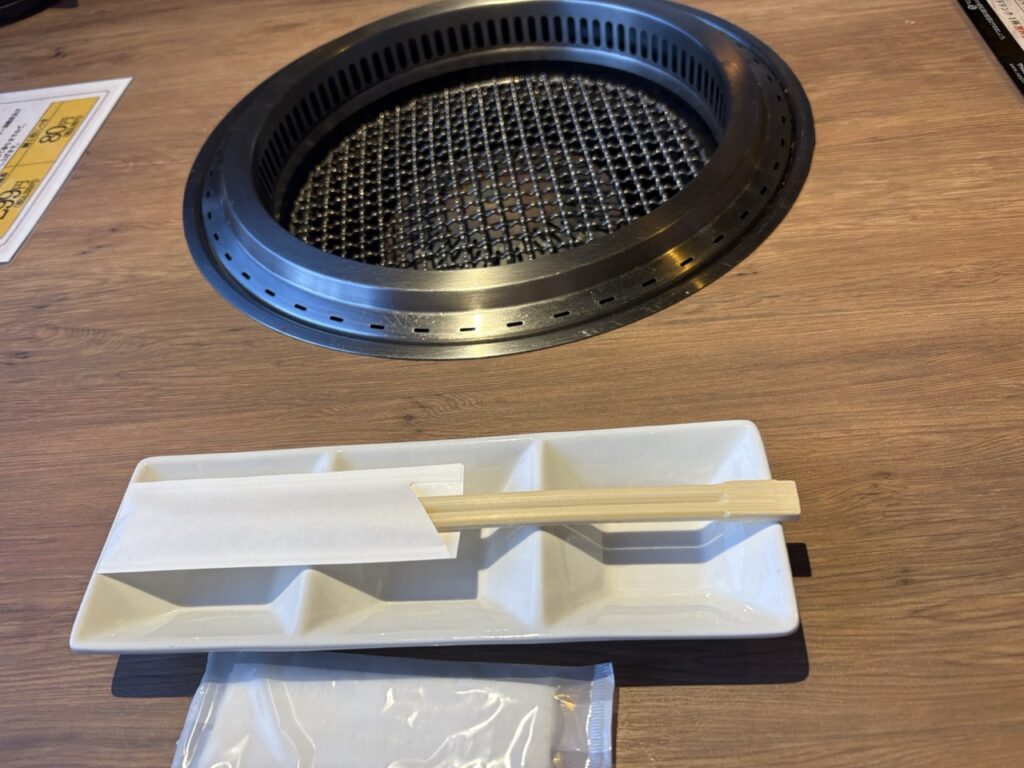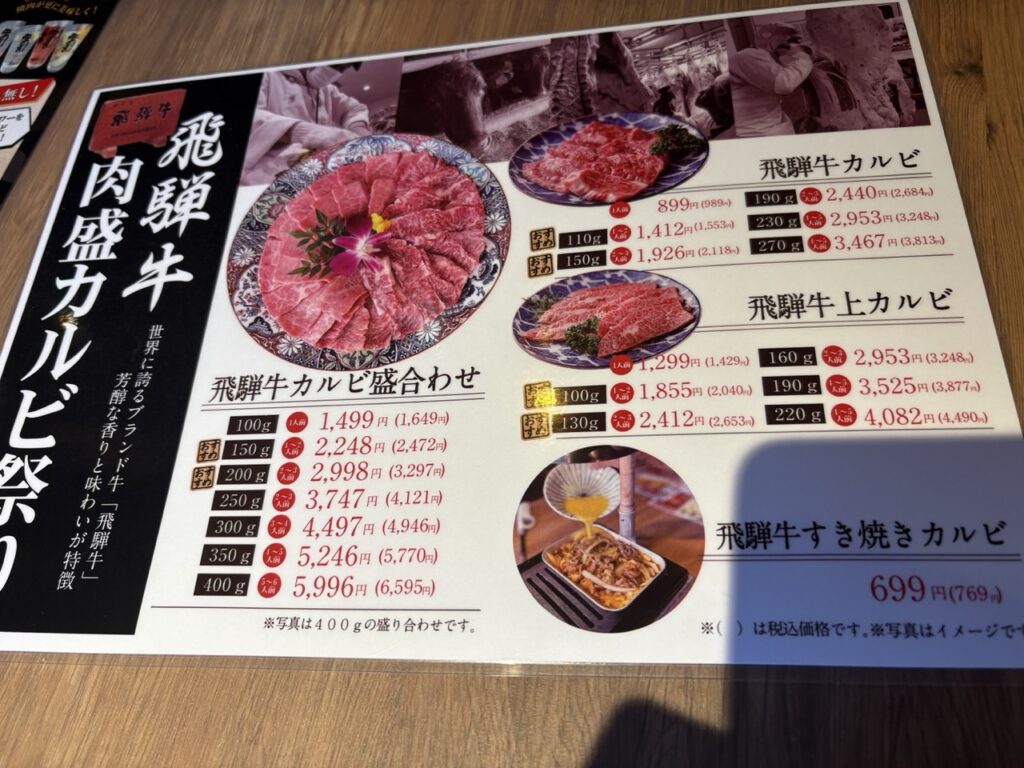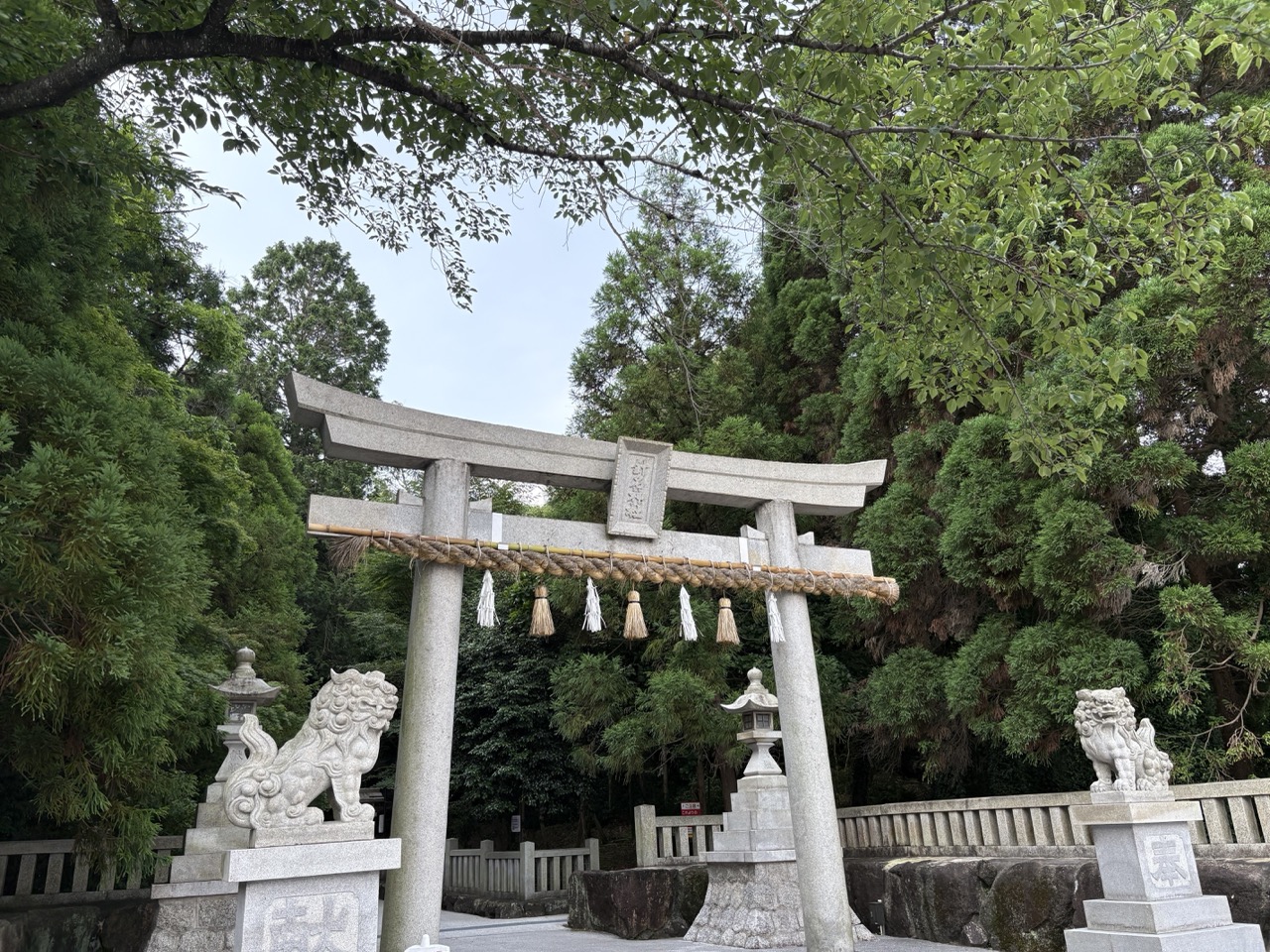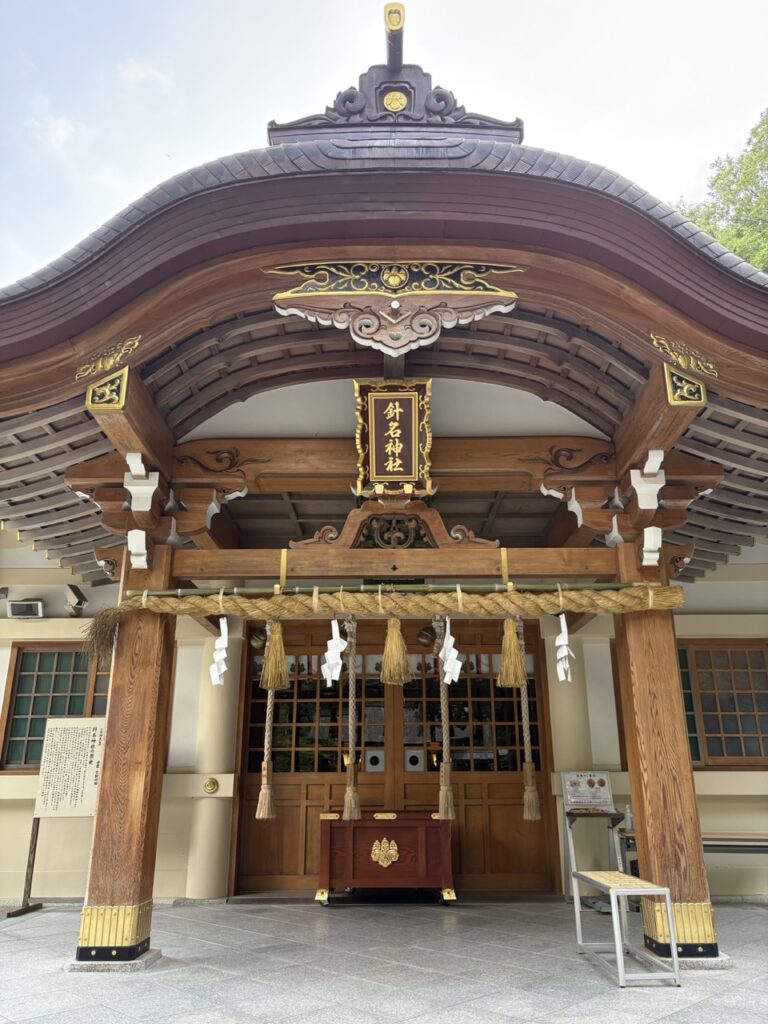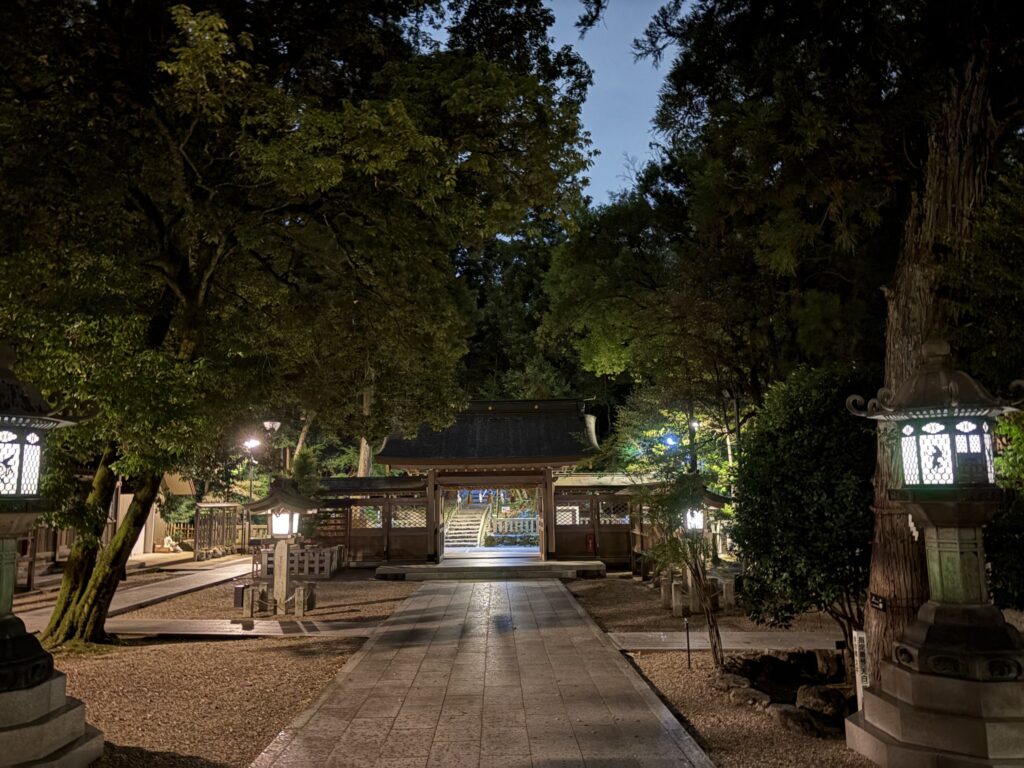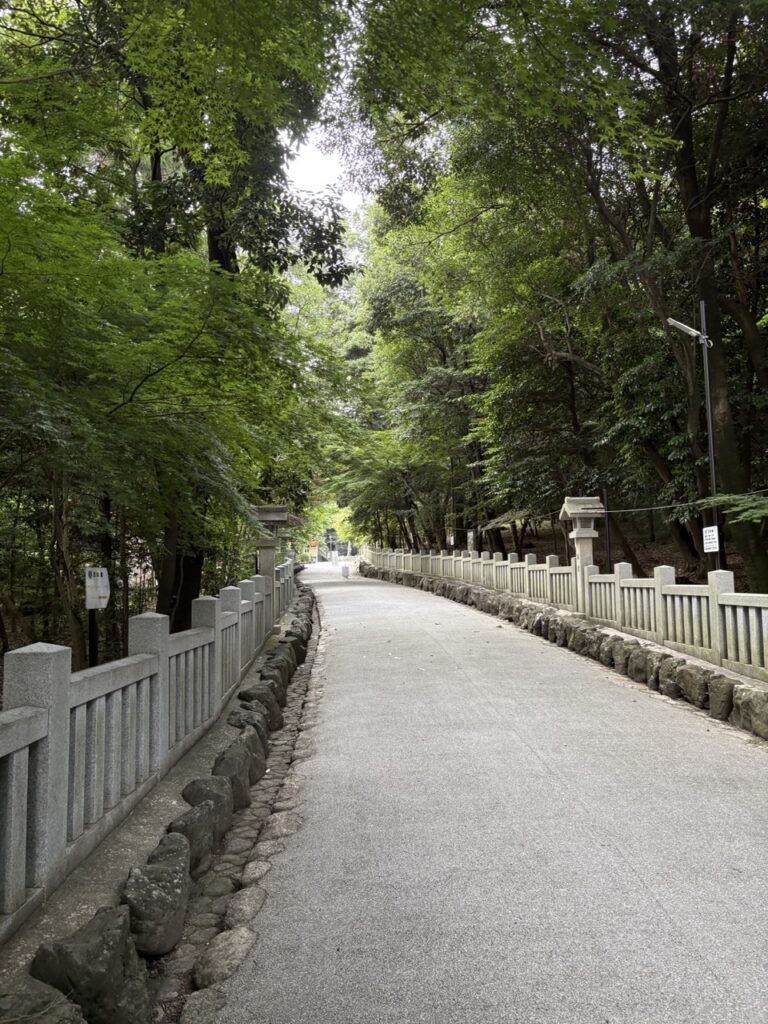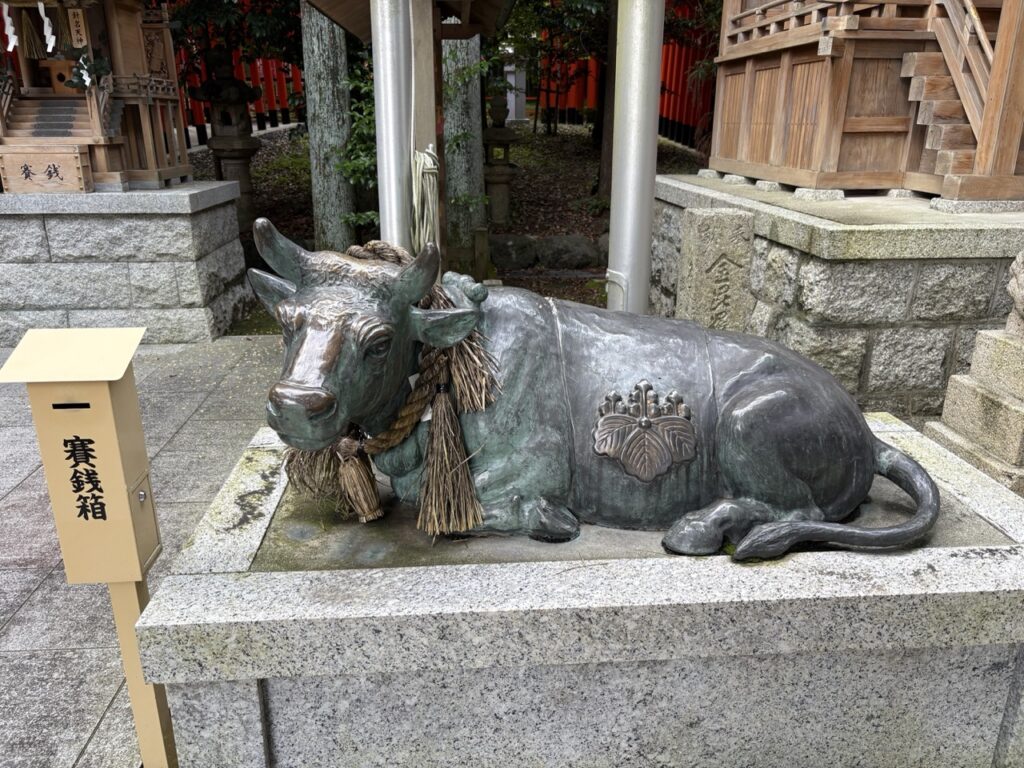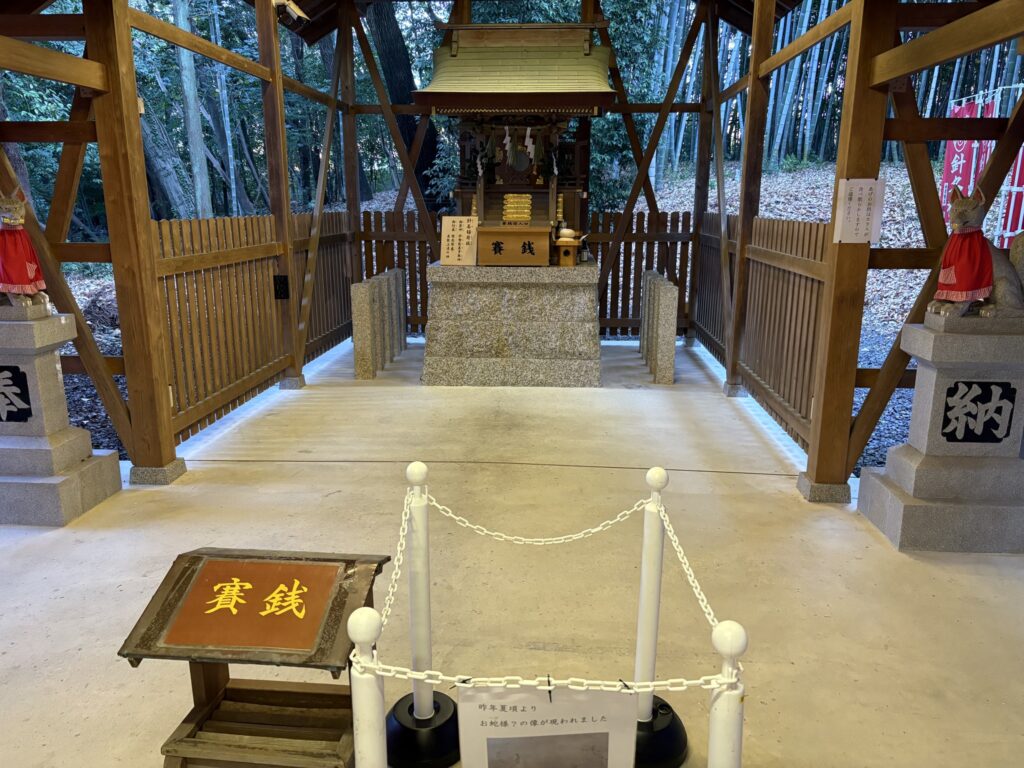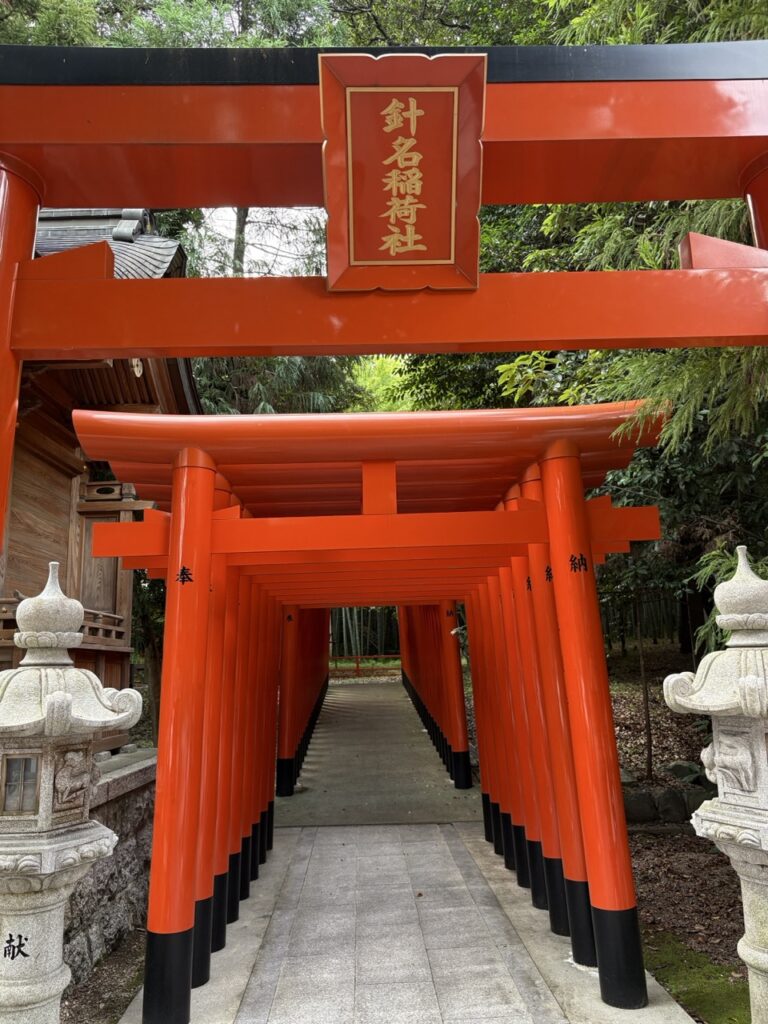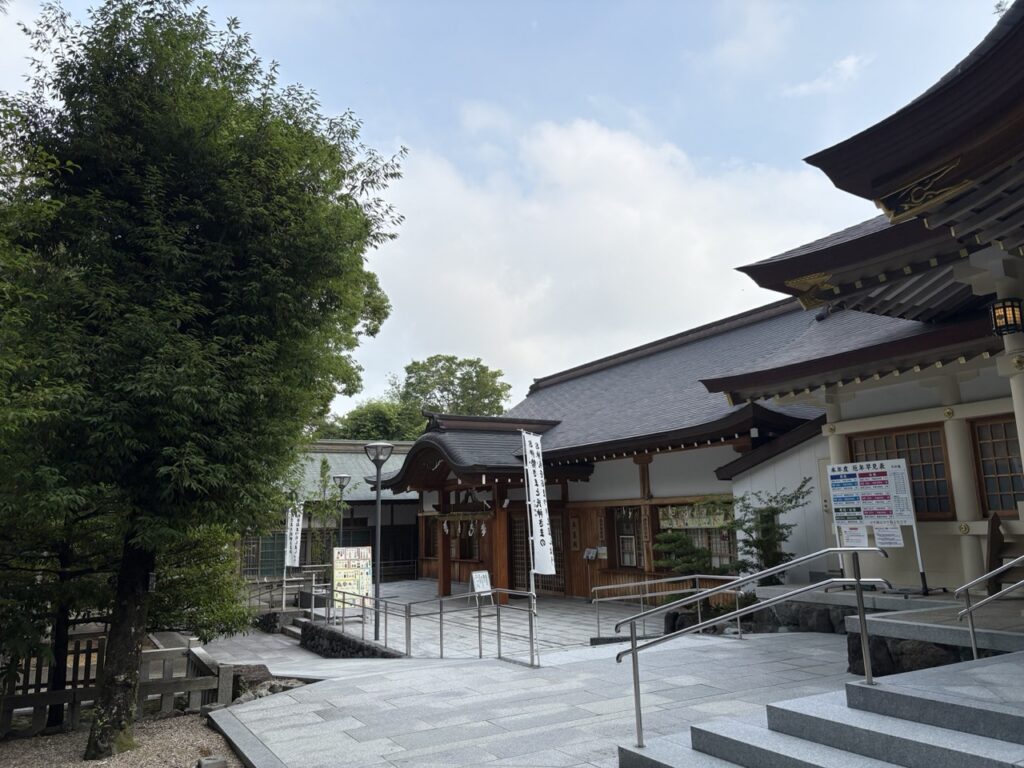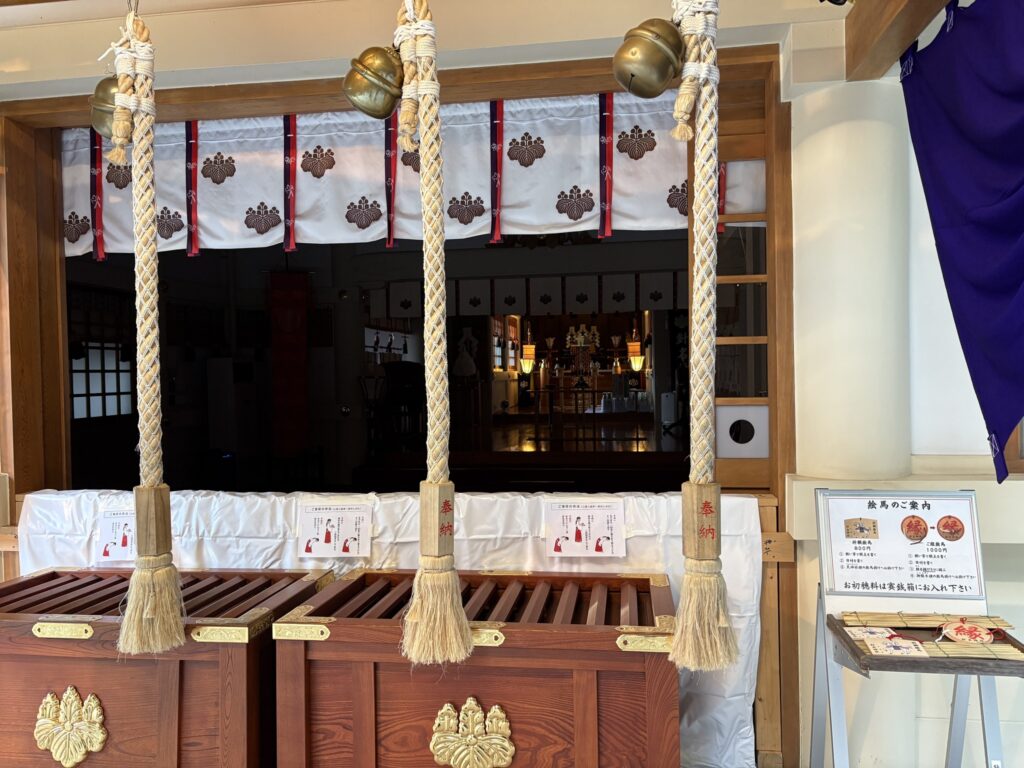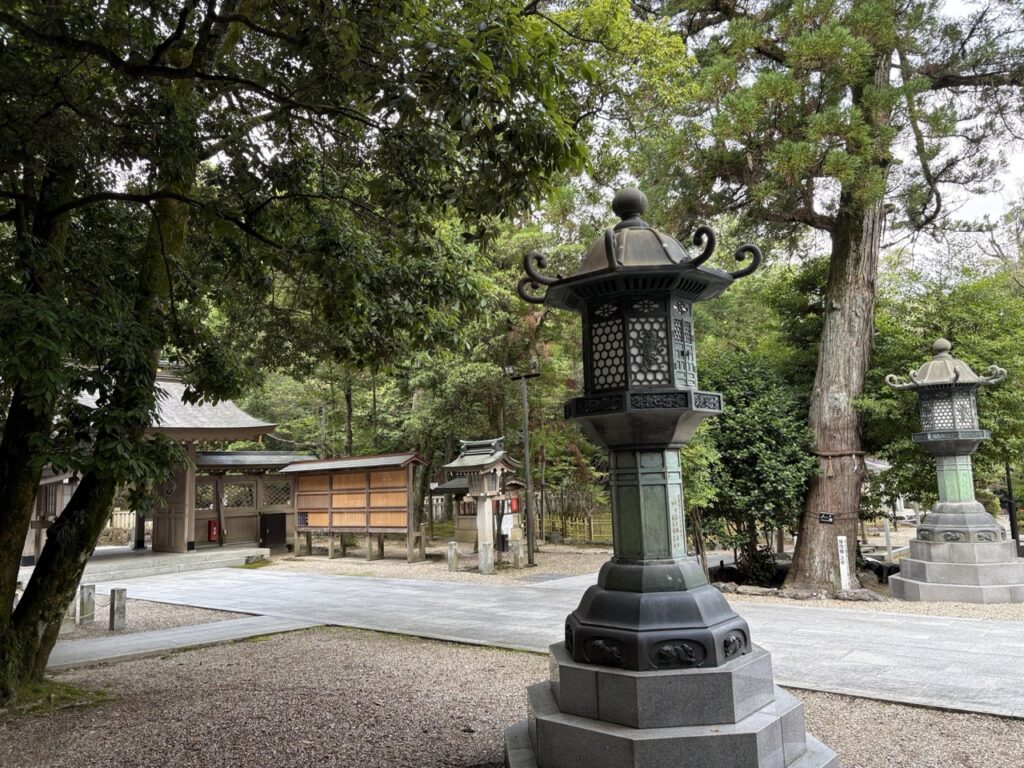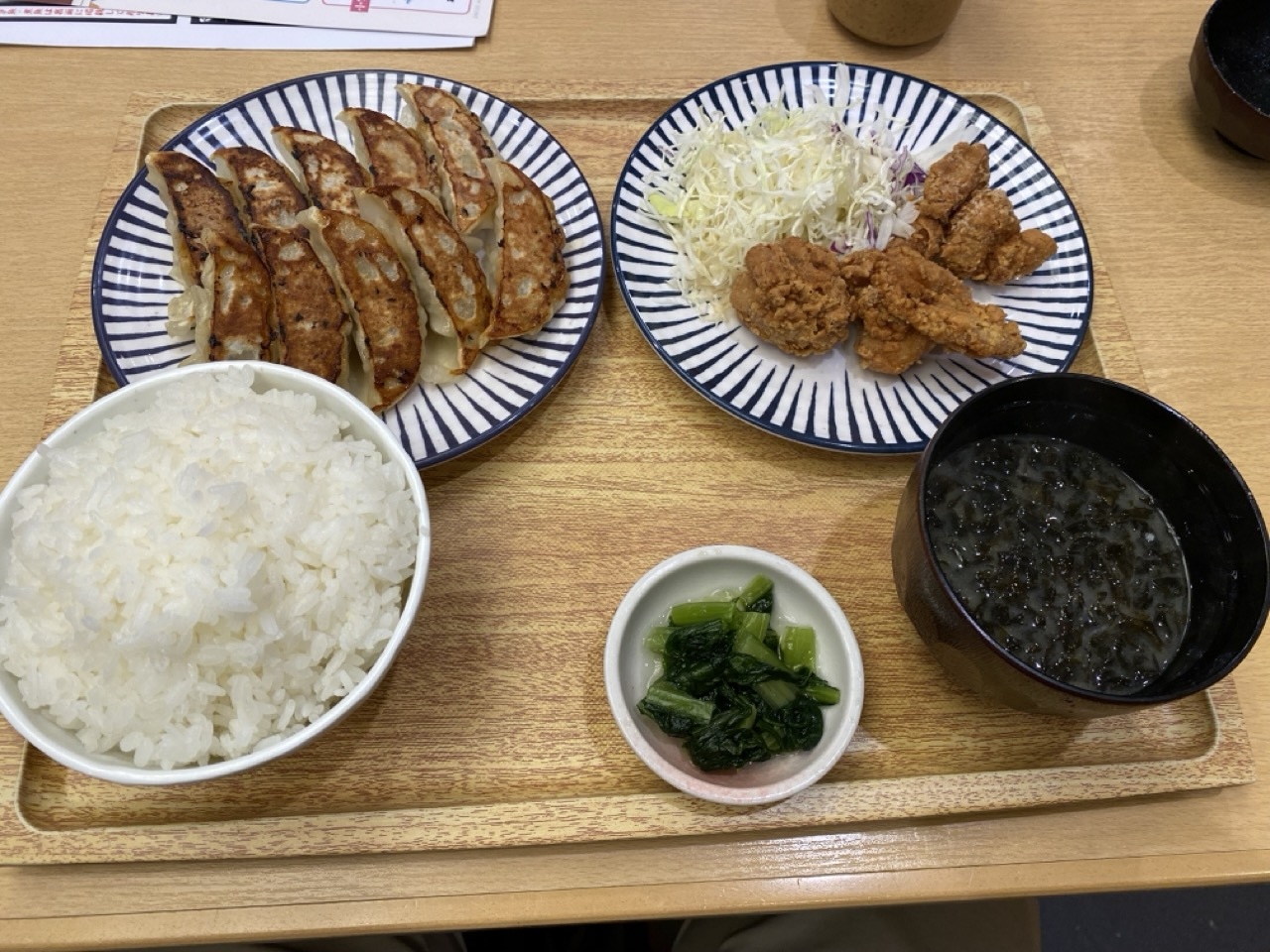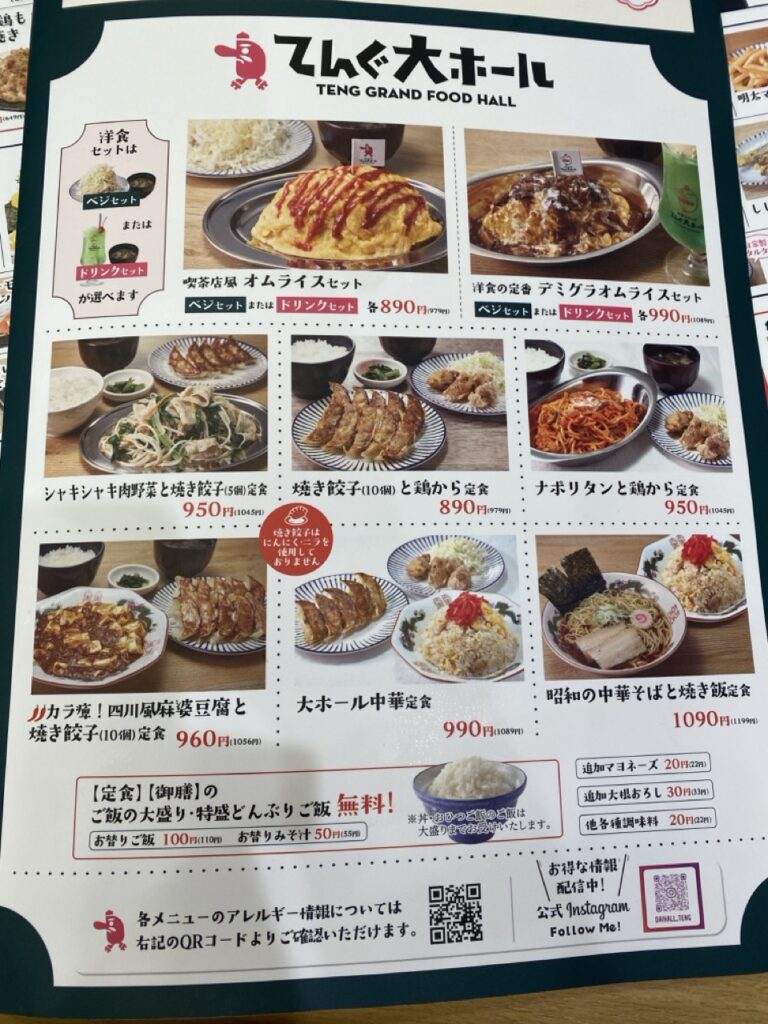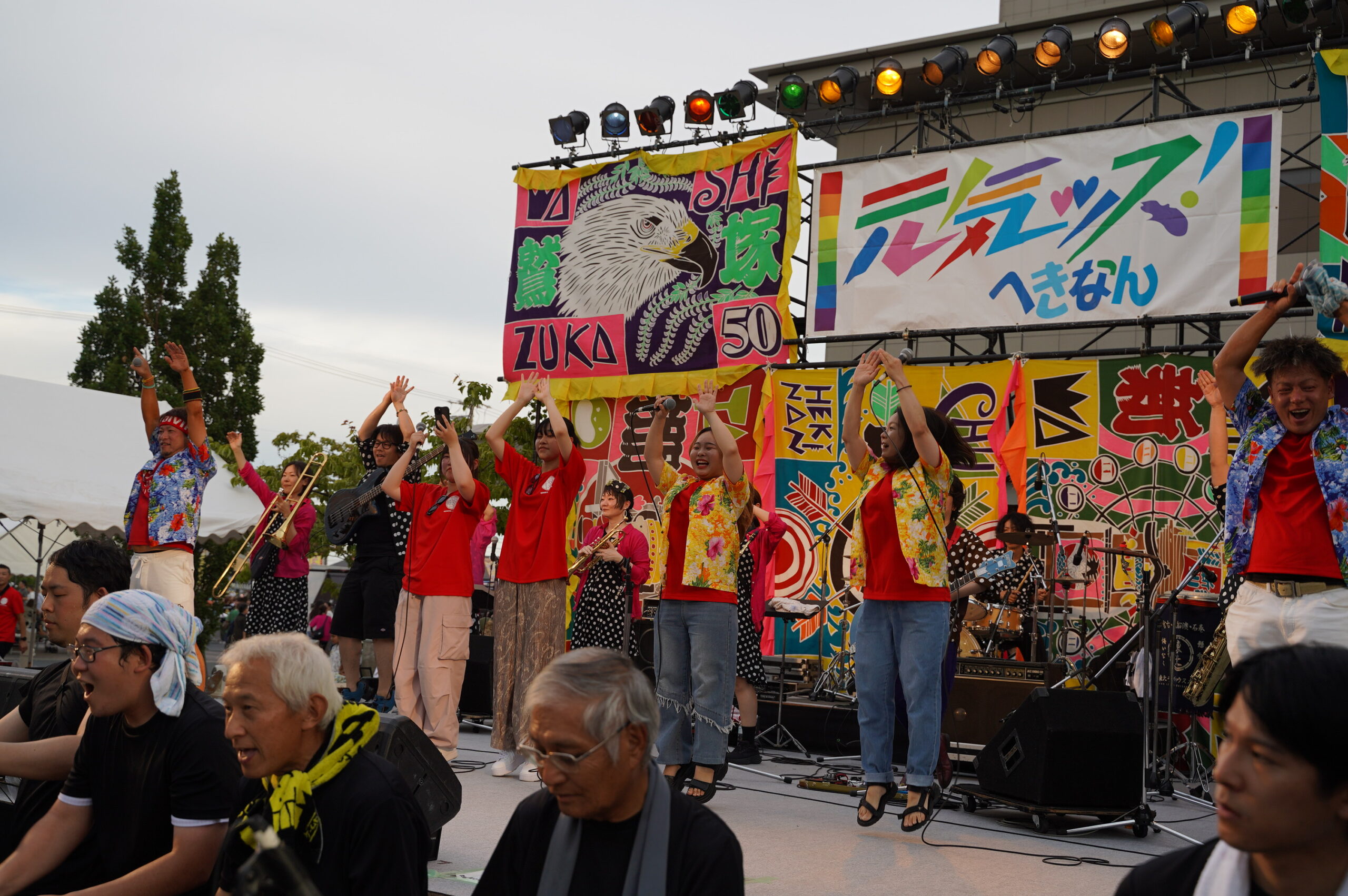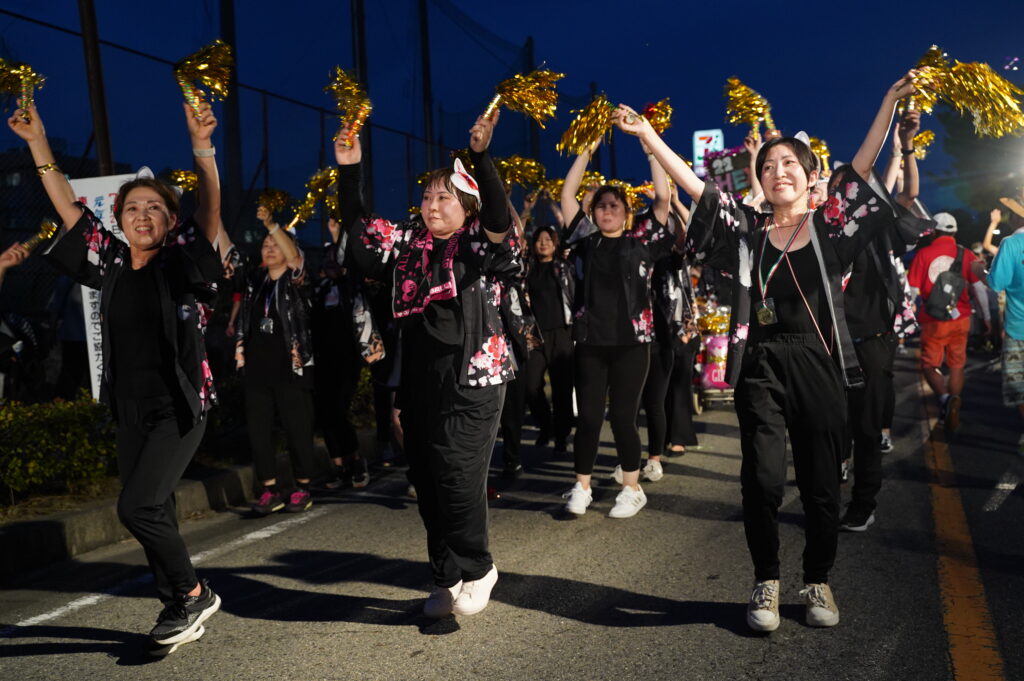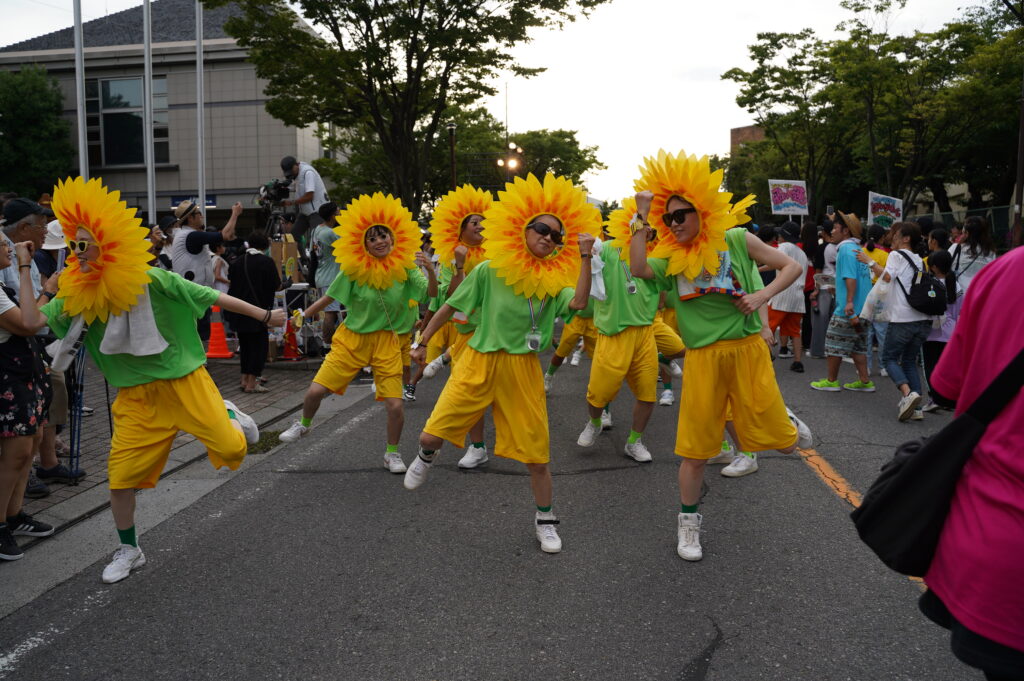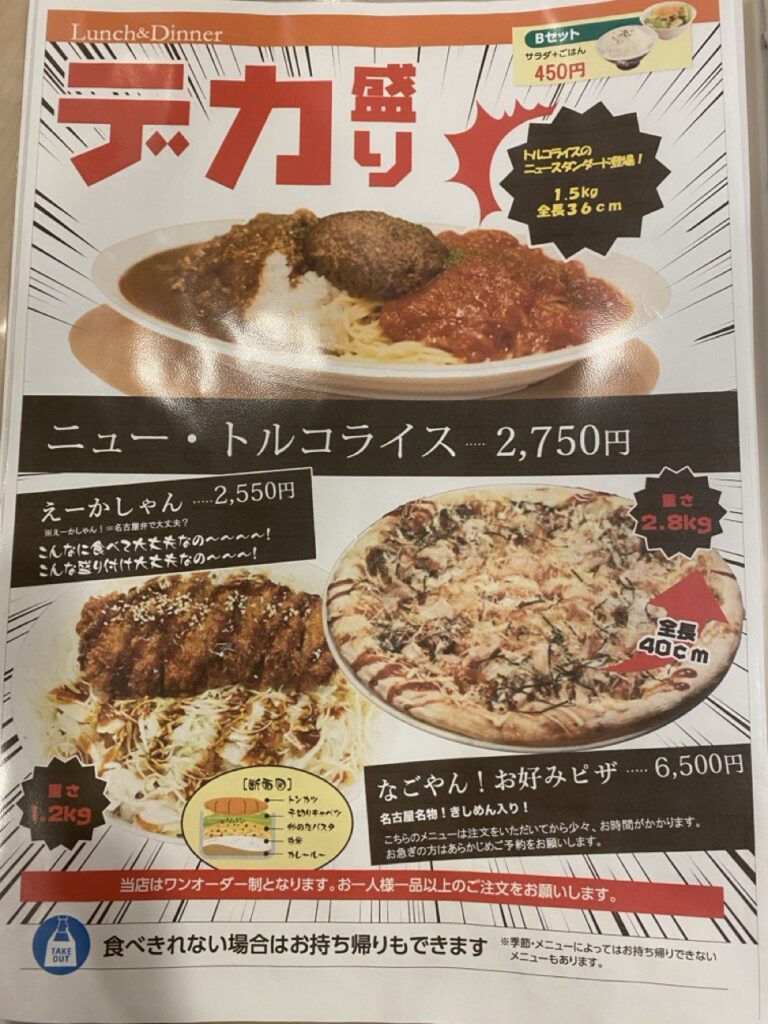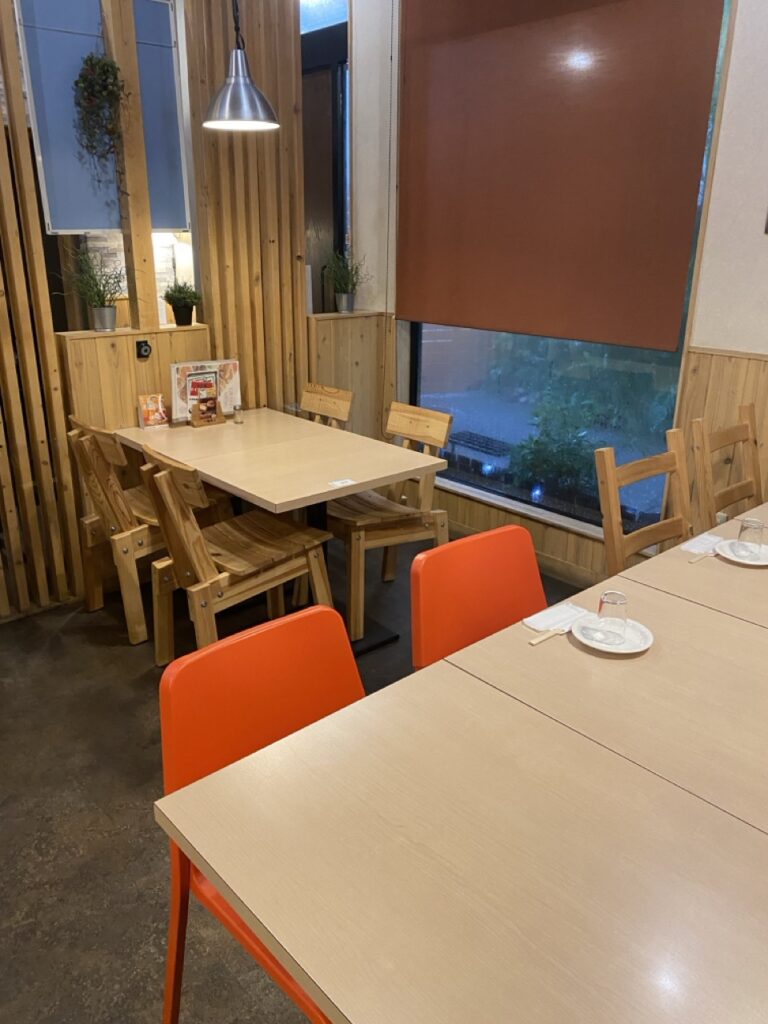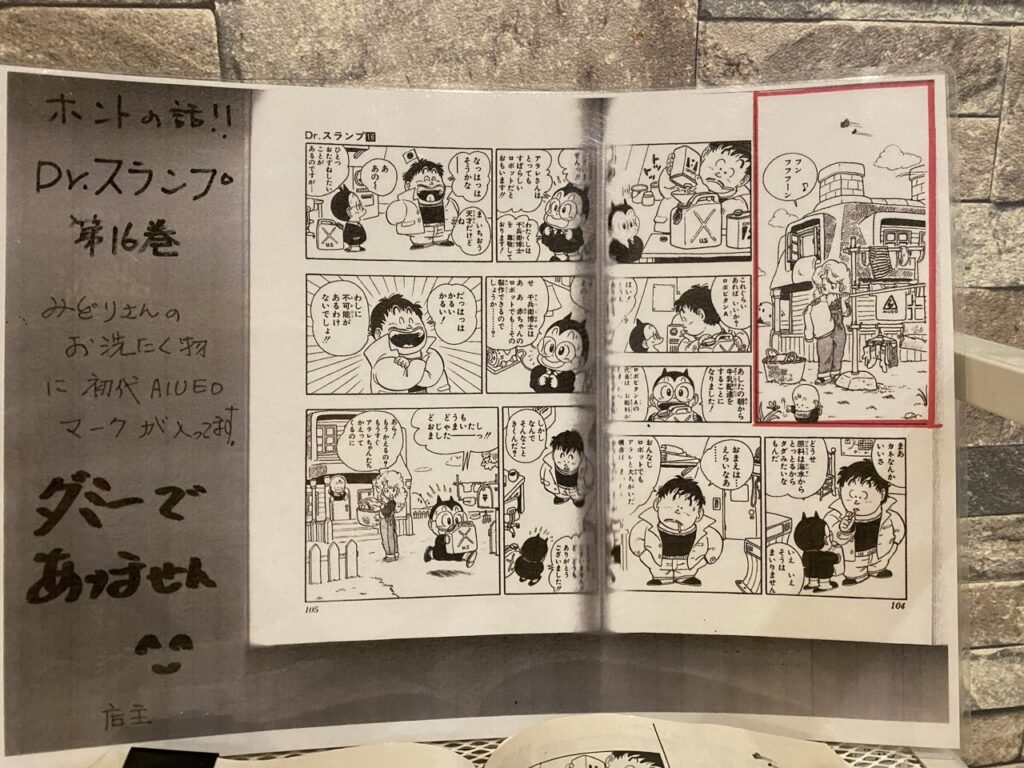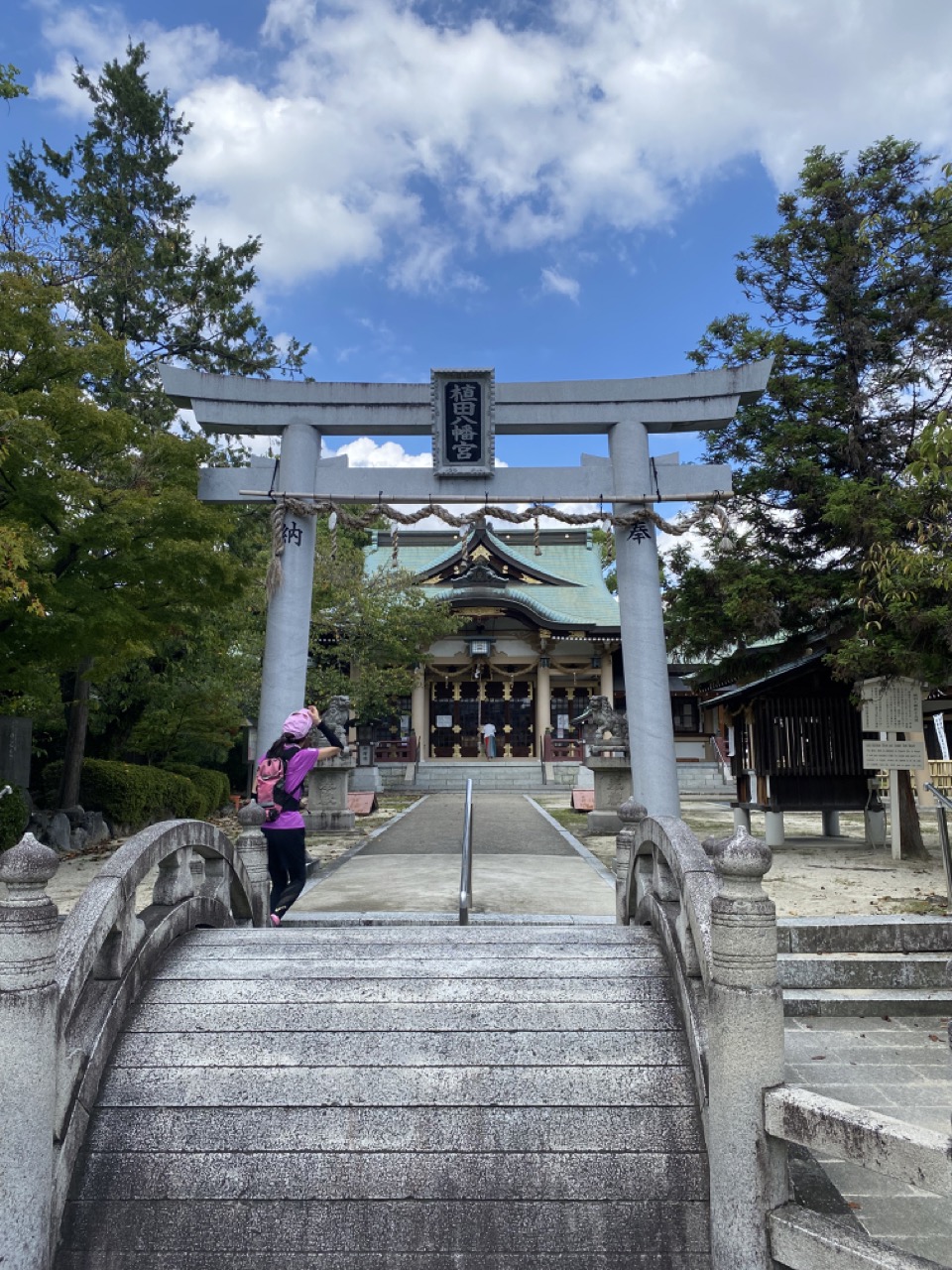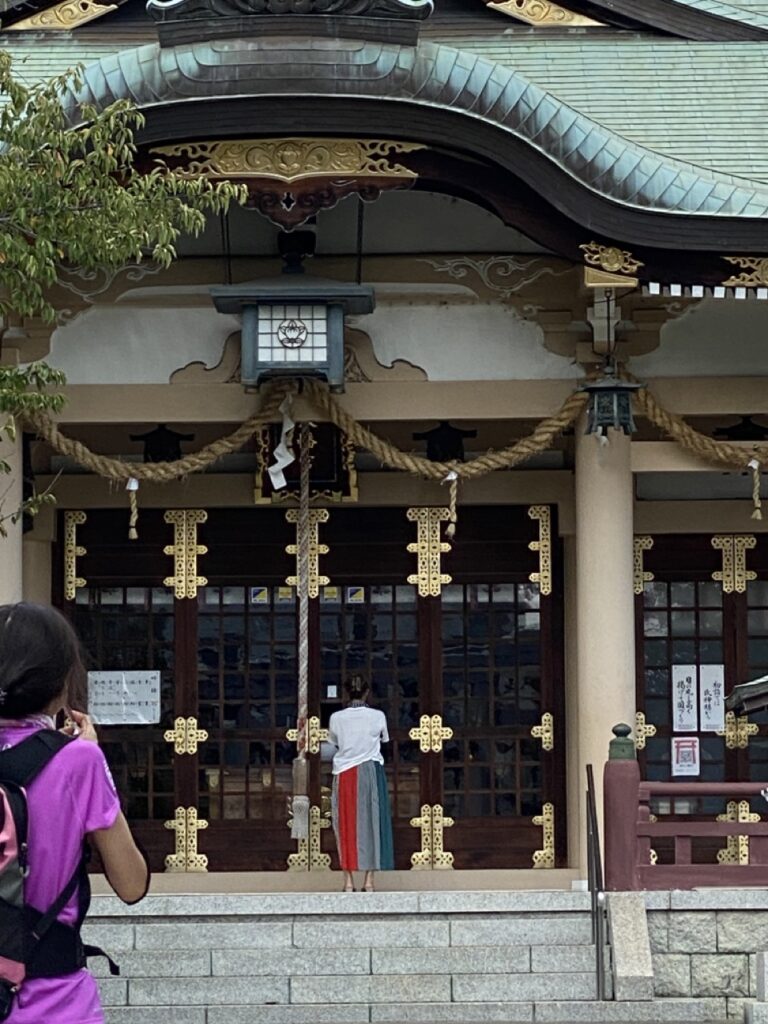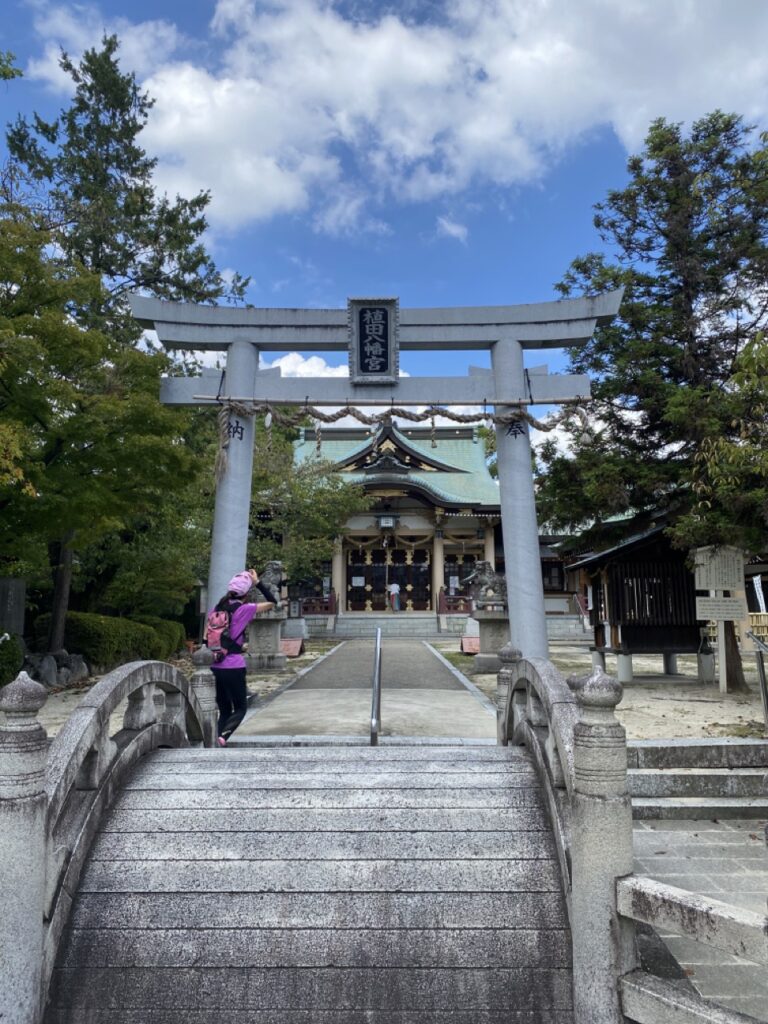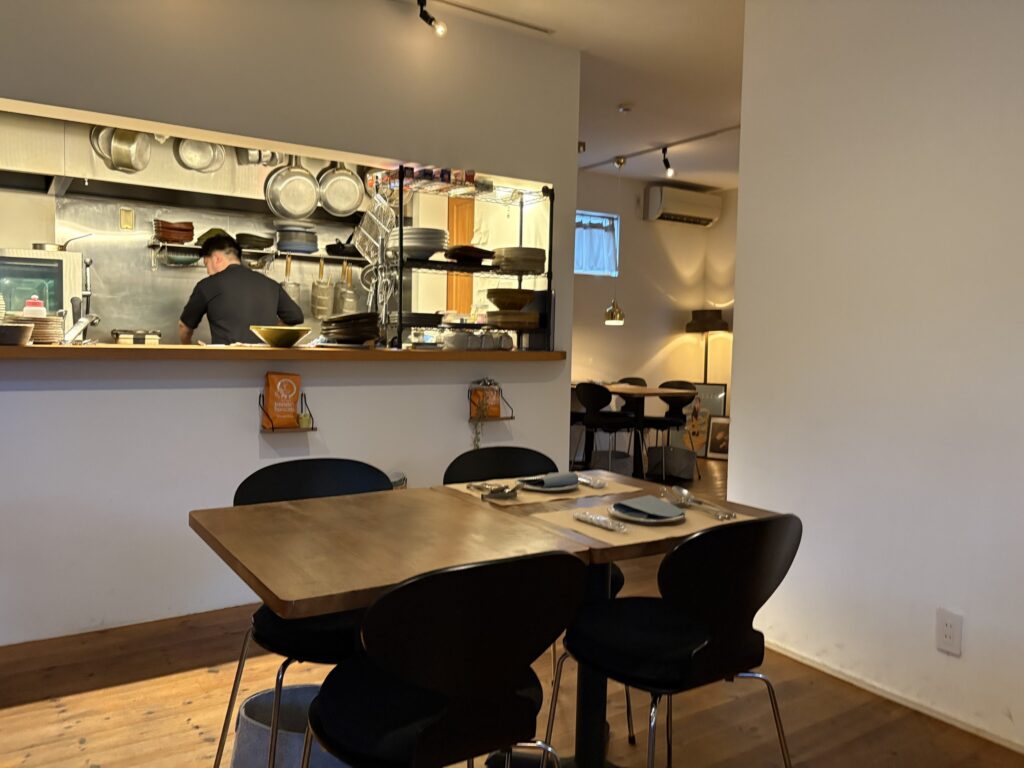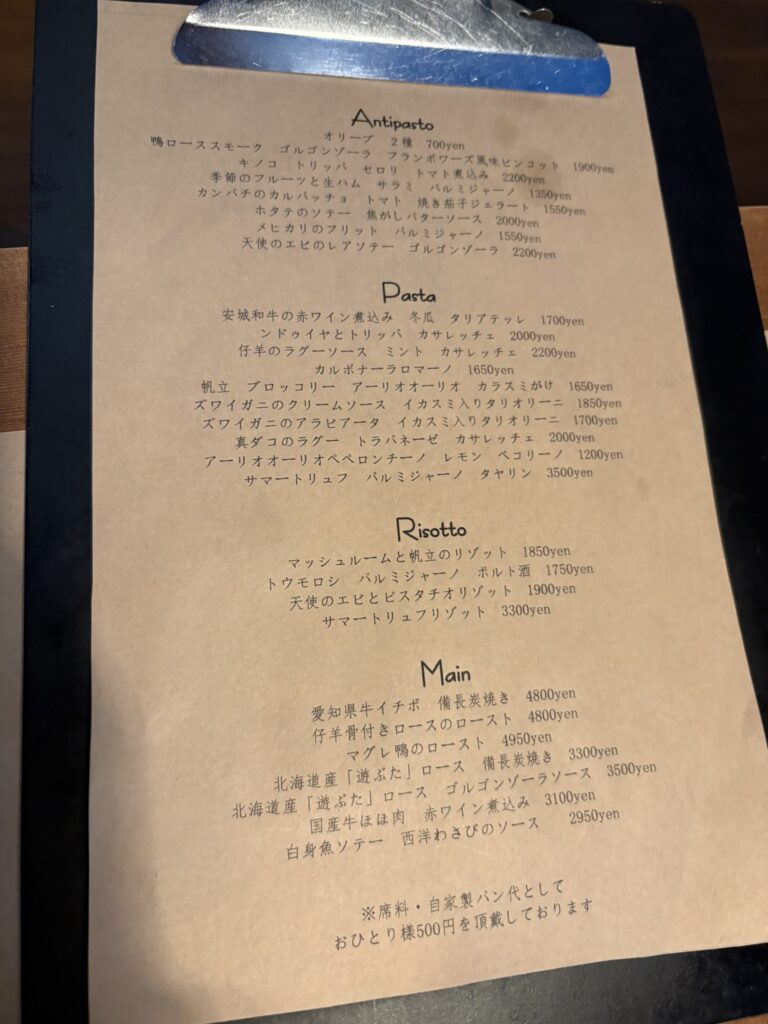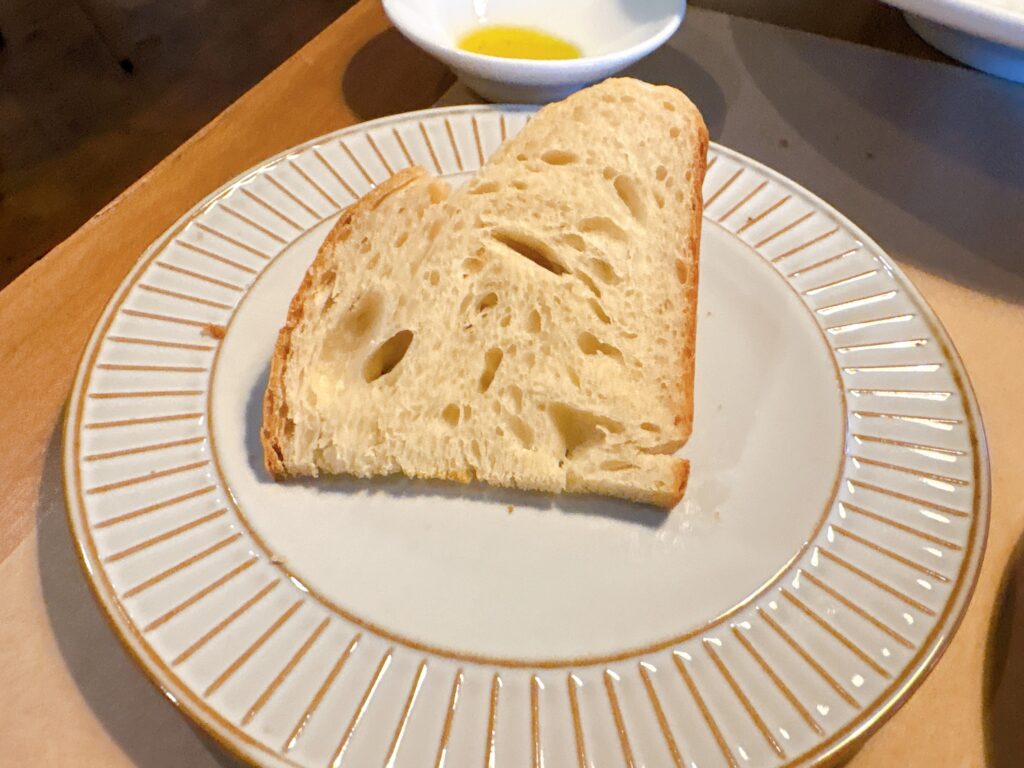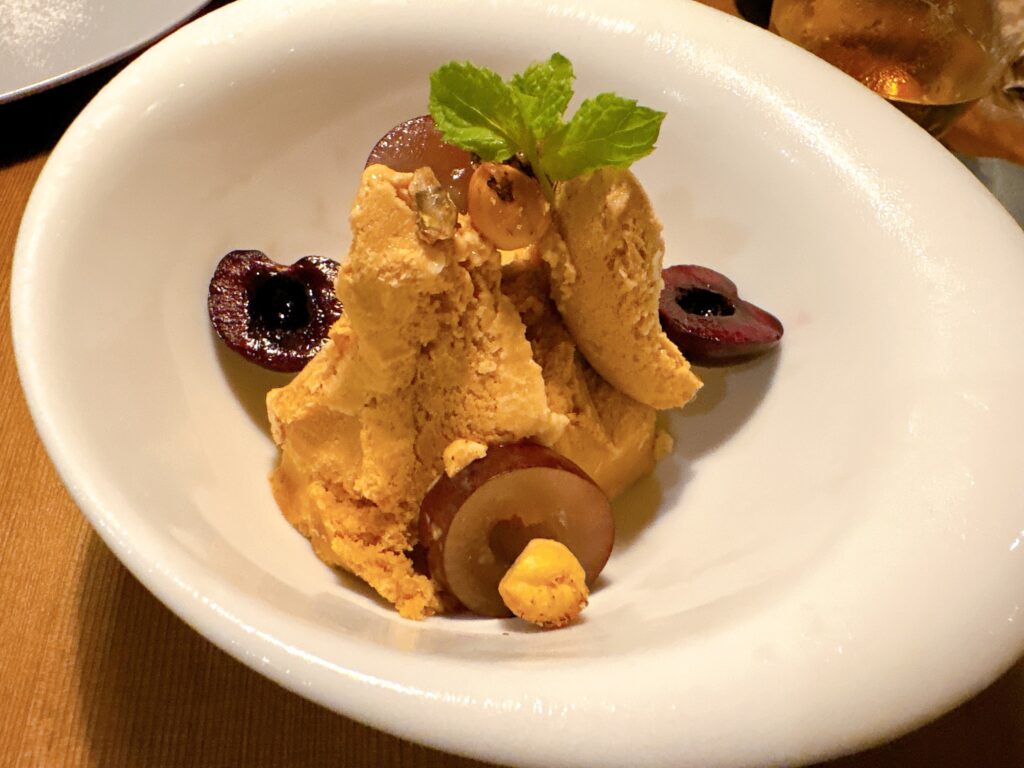A Bar District with Post-War Charm
Just a few minutes from the west exit (Shinkansen side) of Toyohashi Station, you’ll find a retro street where small bars stand shoulder to shoulder. Formed during Japan’s post-war reconstruction, this area still retains a strong Showa-era atmosphere. Neon signs and wooden facades glow against the night, creating a nostalgic yet slightly mysterious mood.
On both sides of the street, you’ll discover red lantern izakaya pubs, yakiniku restaurants sending up savory smoke, and even international spots serving pizza and Mexican cuisine. A simple stroll is exciting in itself—you’ll be drawn in by laughter and the clinking of glasses from the alleys, and before you know it, that “just one drink” might turn into an evening of bar-hopping.
Small-Scale Bars with Big Personality
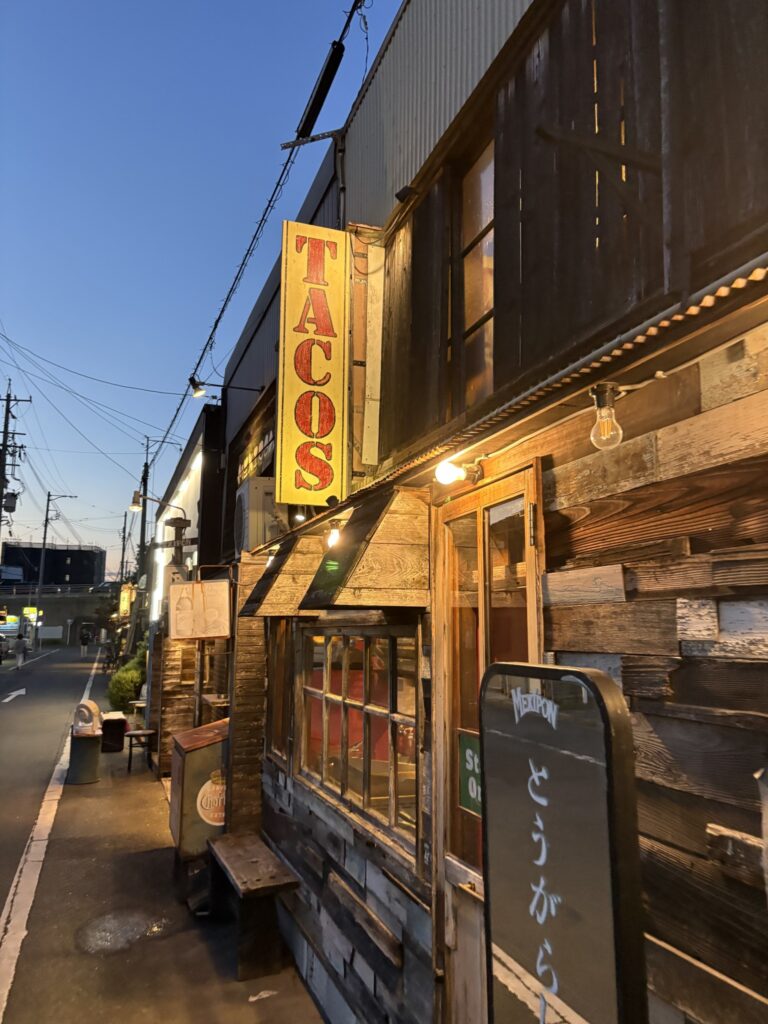
Most establishments are two stories, with cozy first floors featuring counters of just 7 or 8 seats. The close quarters make it easy to strike up conversations with locals and owners, even on your first visit. Some places also offer upstairs seating or private rooms, perfect for settling in with friends—or for stopping by alone on a whim.
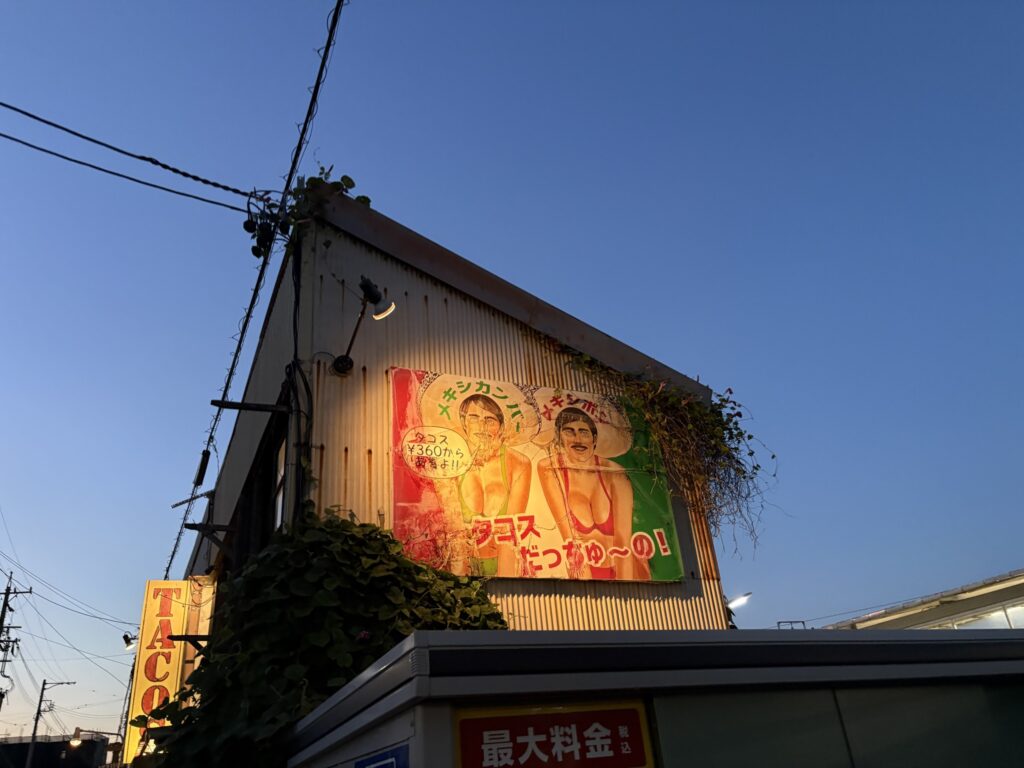
At the counter in particular, the aromas from the kitchen, the sizzling sounds of cooking, and casual chats with the owner all become part of the experience, naturally encouraging you to order another round.
Redevelopment Looms—A “Now or Never” Experience
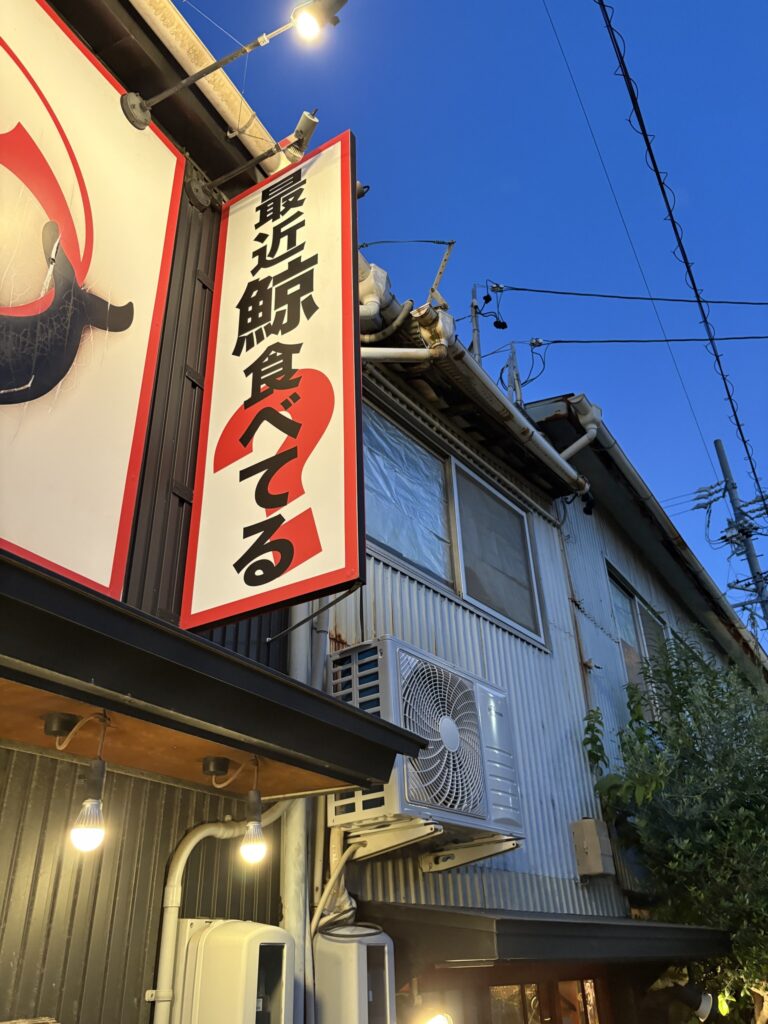
Although this area sits right next to the station, it has remained largely untouched for decades. Recently, however, aging buildings and new city planning discussions have raised the possibility of redevelopment. If that begins in earnest, the days of this Showa-style nightlife district may be numbered.
That’s exactly why now is the time to experience its charm. Immerse yourself in the nostalgic, bustling warmth of this community, where memories of post-war Japan still linger, and enjoy a uniquely Toyohashi night before it changes forever.
Access
Hanada Ichiban-cho, Toyohashi, Aichi 441-8013

